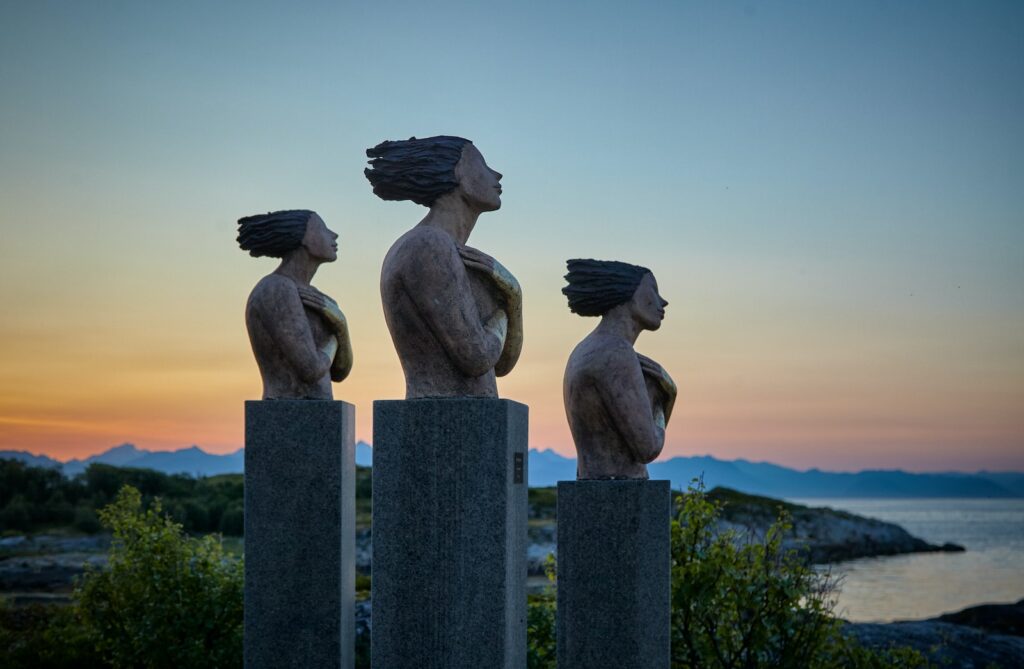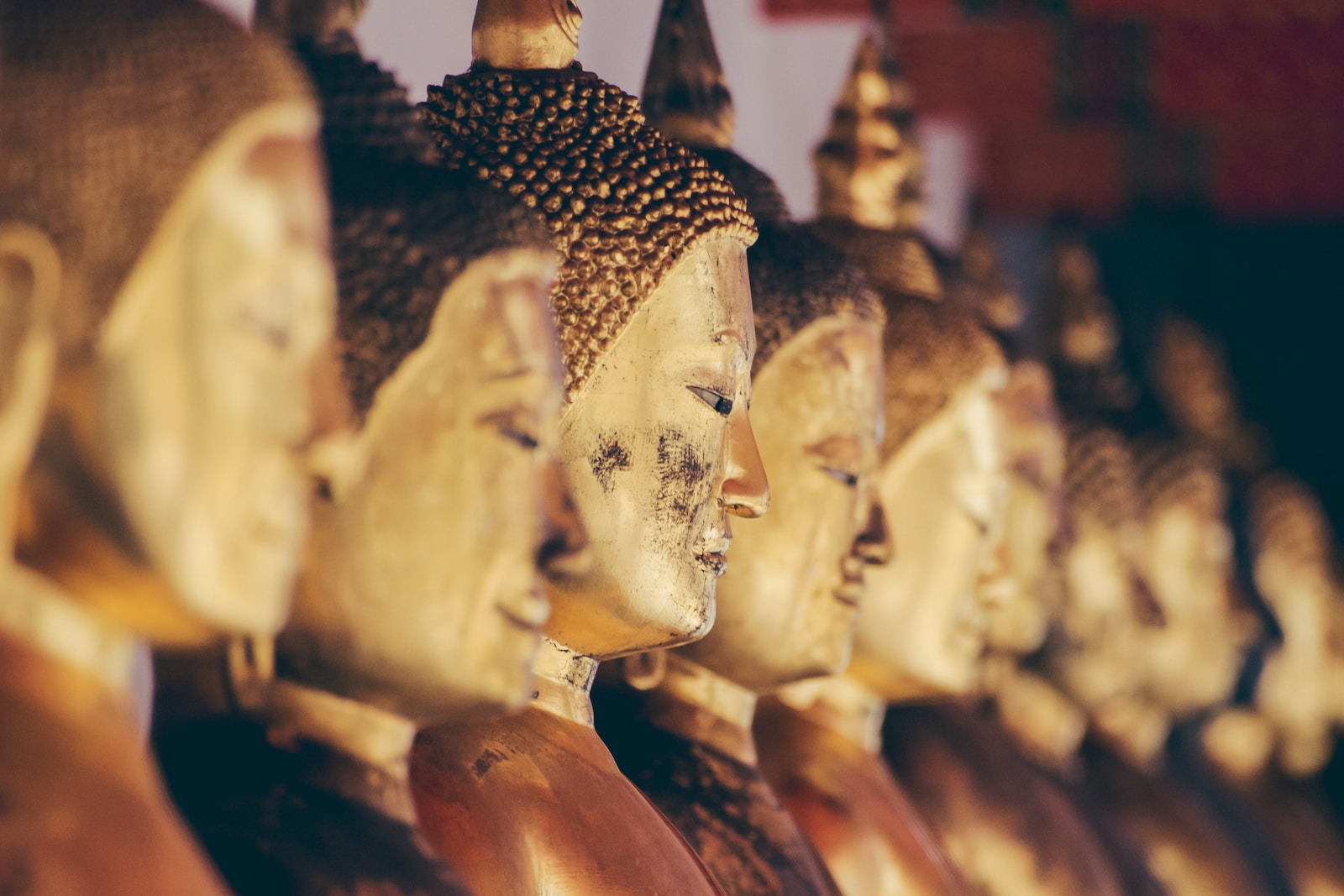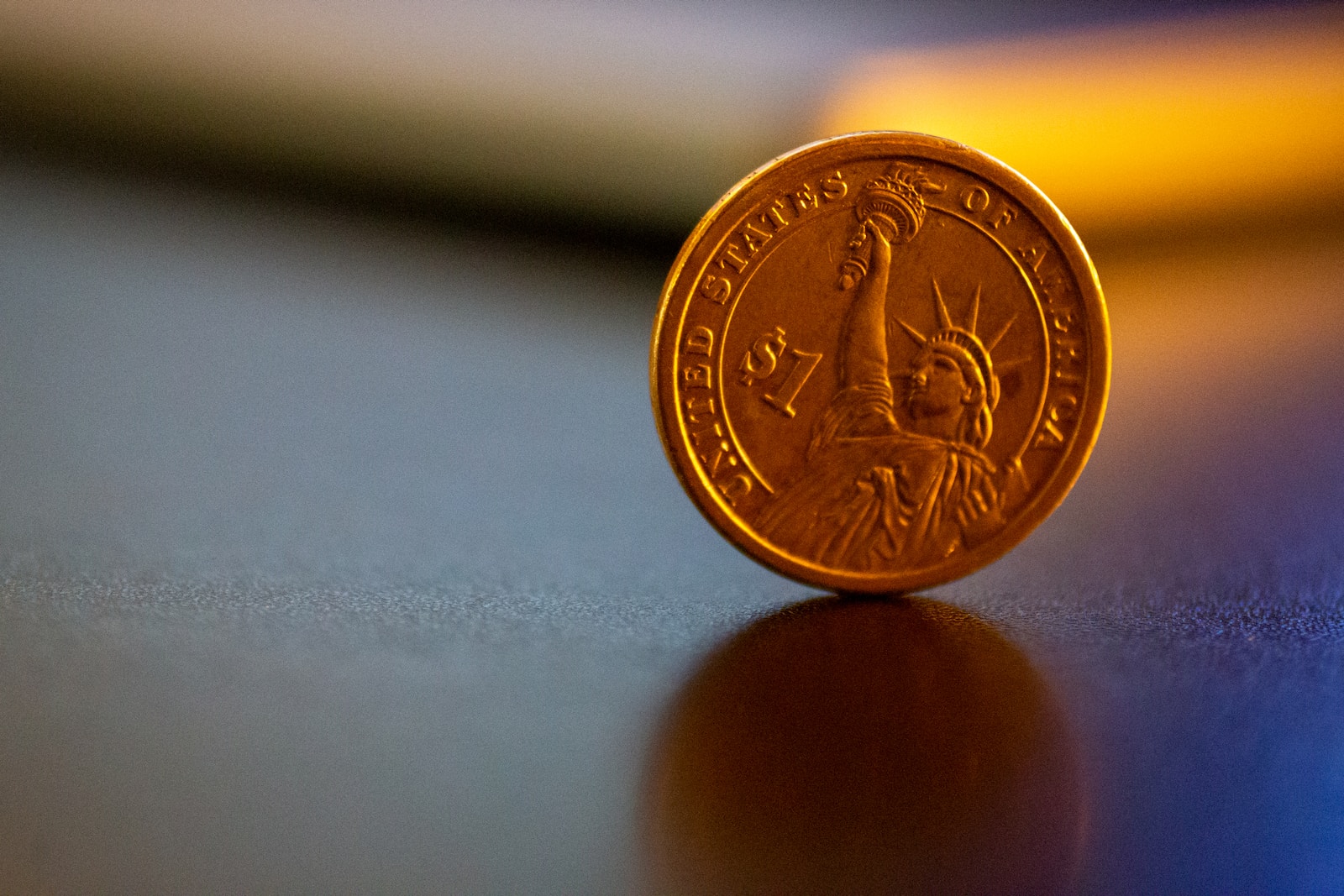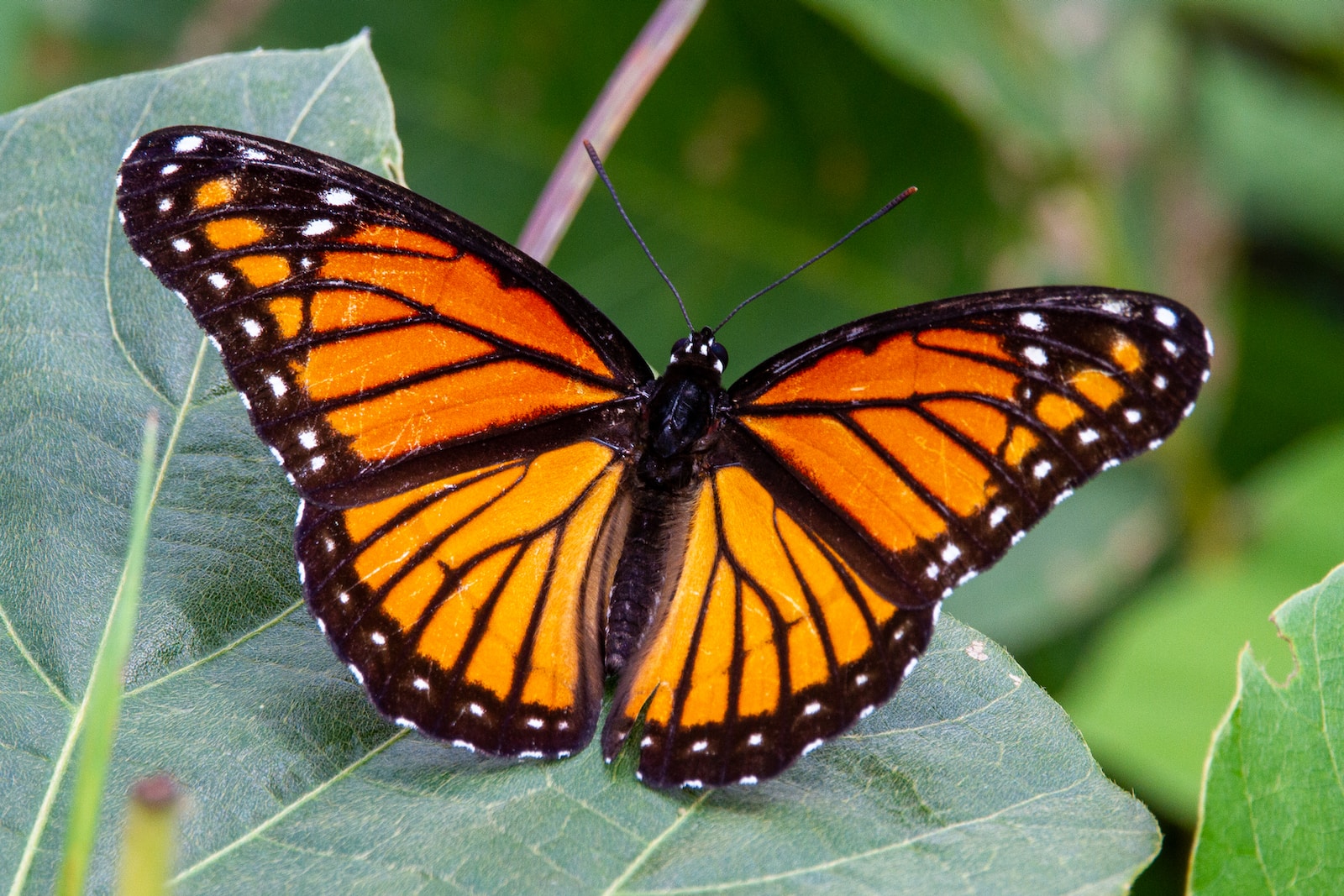Welcome to the captivating world of sculpture photography! If you are fascinated by the artistry and grandeur of statues and sculptures and love capturing their essence through the lens, then you have come to the right place. In this comprehensive guide, we will delve into the intricacies of photographing these magnificent stone masterpieces. From understanding lighting techniques that bring out the texture and emotion in each creation to incorporating storytelling into your shots, this blog is your ultimate resource for becoming a master of sculpture photography.
Table of Contents
- The Captivating World of Sculptures and Statues
- The Main Subject: Sculptures and Statues
- Capturing the Essence of Sculptures and Statues
- Frequently Asked Questions
- 1. What equipment do I need for photographing sculptures and statues?
- 2. How should I approach lighting when photographing sculptures?
- 3. What techniques can I use to capture textures in sculptures?
- 4. How can I bring emotion and story into my sculpture photography?
- 5. Are there any legal considerations when photographing public sculptures?
- 6. How can I edit and enhance my sculpture photos post-processing?
- Wrap Up:
The Captivating World of Sculptures and Statues
If you have ever walked through a museum or strolled down the streets of a city, you have likely encountered the mesmerizing presence of sculptures and statues. These masterpieces of art and craftsmanship have the power to captivate our attention and stir our emotions. As a photographer, capturing the essence and beauty of these sculptures can be an exhilarating experience. In this guide, we will delve into the art of photographing sculptures and statues, revealing the key techniques to master this unique form of stone photography.
Highlighting the Intricate Details and Textures
One of the most fascinating aspects of sculptures and statues is the intricate details and textures carved into the stone. From the delicate lines of a facial expression to the rough and weathered surfaces, each sculpture has a story to tell through its textures. To capture these details effectively, consider using a macro lens. This will allow you to get up close and personal with the sculpture, emphasizing the intricacies that might otherwise go unnoticed.
Experiment with different angles and perspectives to bring out the textures in your photographs. Get down low or shoot from above, play with shadows and light to create depth, and choose a shallow depth of field to isolate specific details. By paying attention to the details and textures, you can create visually striking photographs that truly convey the essence of the sculpture.
Playing with Light and Shadows
Lighting is key in photography, and when it comes to sculptures and statues, it can truly make or break your shot. The interplay between light and shadows can bring out the three-dimensionality and create a sense of drama in your images. Experiment with different lighting setups to find the one that best suits the sculpture you are photographing.
Consider using natural light if possible, as it can create soft and diffused shadows. Sculptures located outdoors can be especially captivating during the golden hour, when the warm hues of the setting sun add a magical touch to your photographs. If you are photographing sculptures indoors, try using a combination of ambient light and artificial lighting techniques to create depth and enhance the mood.
Remember to pay attention to the direction of light and how it interacts with the sculpture. Side lighting can bring out the textures and details, while front lighting can create a more even and balanced look. Don’t be afraid to experiment with different lighting angles and intensities to create visually stunning and dramatic effects.
By mastering the art of photographing sculptures and statues, you can transform these still and silent subjects into compelling visual stories. Remember to pay attention to the intricate details and textures, and play with light and shadows to evoke emotion and captivate your audience. Each sculpture has its own story waiting to be told through your lens. So grab your camera, explore the world of sculptures, and let your creativity soar!
Interesting Fact: Did you know that the ancient Greeks were the first to create sculptures using marble, a material renowned for its durability and beauty? These intricate stone masterpieces have stood the test of time, captivating viewers with their timeless elegance and storytelling ability.
Did you know that the ancient Greeks were the first to create sculptures using marble, a material renowned for its durability and beauty?
The Main Subject: Sculptures and Statues
When it comes to photographing sculptures and statues, it’s important to understand the subject matter to truly capture their essence. Sculptures and statues have a timeless quality, with stone as their primary material, conveying a sense of permanence and beauty. These art forms can range from classical figures to abstract creations, each telling its own unique story.
Choosing the Right Camera and Lenses
To master the art of stone photography, you need the right equipment. While any camera can capture sculptures and statues, having a camera with manual controls and interchangeable lenses provides greater flexibility and control over your images.
Camera Options
Option 1: DSLR (Digital Single-Lens Reflex) – A DSLR camera offers the advantage of interchangeable lenses, allowing you to experiment with different focal lengths and perspectives. It provides excellent image quality and control over settings like aperture, shutter speed, and ISO, giving you more creative freedom.
Option 2: Mirrorless Camera – Mirrorless cameras are known for their compact size and lighter weight compared to DSLRs. They still offer interchangeable lenses and manual controls, making them a versatile choice for sculpture photography. Mirrorless cameras also tend to excel in video capabilities.
Lens Options
Option 1: Wide-angle lens – A wide-angle lens, typically ranging from 10-24mm, is ideal for capturing the overall scene of a sculpture. It allows you to include more of the surroundings and context, bringing a sense of grandeur to the image.
Option 2: Macro lens – A macro lens, with a focal length of around 60-100mm, is perfect for capturing intricate details and textures of sculptures. It enables you to get up close and reveal fine craftsmanship that may go unnoticed at a glance.
Other Essential Equipment
While a camera and lens are the main tools for sculpture photography, a few other accessories can enhance your results:
Tripod – A sturdy tripod is crucial for capturing sharp images, especially when shooting in low light conditions or using longer exposure times. It helps eliminate camera shake and ensures maximum detail and clarity.
Remote Shutter Release – Using a remote shutter release or cable release prevents any vibrations caused by pressing the camera’s shutter button manually. This is beneficial for long exposures or when using a tripod to avoid any blurred images.
Polarizing Filter – A polarizing filter helps reduce glare and reflections on sculptures made of shiny materials. It also enhances colors and increases contrast, resulting in more vibrant and dynamic images.
Microfiber Cloth – A soft microfiber cloth is handy for quickly removing any dust or smudges from the sculptures before photographing them. It ensures clean and clear images without distracting imperfections.

Capturing the Essence of Sculptures and Statues
Photographing sculptures and statues is an art form that requires a keen eye for details, an understanding of lighting, and the ability to convey emotion and story through still and silent subjects. In this comprehensive guide, we will delve into the techniques and strategies that will help you master the art of stone photography.
Choosing the Perfect Time of Year
Selecting the right time of year to photograph sculptures and statues can significantly impact the outcome of your images. While these subjects can be captured year-round, certain seasons offer unique opportunities.
During spring, when nature is in full bloom, photographing statues surrounded by flowers and vibrant foliage can add a touch of elegance and vitality to your images. Furthermore, the soft light and clear skies of spring create ideal conditions for capturing the fine details and textures of the stone.
In contrast, autumn provides a rich color palette with its warm hues and falling leaves. By photographing sculptures against this natural backdrop, you can create striking contrasts and evoke a sense of timelessness.
Finding the Perfect Vantage Points and Positions
The vantage point and position you choose to photograph sculptures and statues can greatly influence the mood and story you convey. Here are two options to consider:
- Option 1: Eye-Level Perspective: Positioning yourself at eye level with the sculpture allows you to capture it as it appears to the viewer in its natural setting. This perspective provides a sense of familiarity and can make the viewer feel connected to the subject. For example, when photographing a statue in a park, you can place yourself on a bench or sit on the grass to align your perspective with that of a casual observer.
- Option 2: Unconventional Angles: Exploring different angles and perspectives can transform a mundane sculpture into a captivating artwork. Consider crouching down low or finding a higher vantage point, such as a nearby building or hill, to capture unique and unexpected views. By breaking away from traditional viewpoints, you can highlight distinctive features, create visual appeal, and add an element of surprise.
Imagine photographing a towering statue from its base, looking up to emphasize its grandeur and imposing presence. Alternatively, you could capture the delicate details of a smaller sculpture by positioning your camera at a low angle, focusing on the intricate textures and craftsmanship.
Remember, experimentation is key. Don’t be afraid to try different angles and perspectives to discover the most captivating way to capture the essence of the sculptures and statues you encounter.
By selecting the best time of year and exploring various vantage points and positions, you can elevate your stone photography to new heights. Stay tuned for the next section of this guide, where we will explore the importance of lighting and how to utilize it to bring out the true beauty of sculptures and statues.
When photographing sculptures and statues, experiment with different angles and perspectives to capture unique compositions. Don't be afraid to get up close and highlight intricate details or step back to capture the grandeur of the entire structure. Play with lighting to create dramatic shadows or emphasize textures, adding depth and visual interest to your images.
Frequently Asked Questions
1. What equipment do I need for photographing sculptures and statues?
For photographing sculptures and statues, it’s helpful to have a DSLR or mirrorless camera with a variety of lenses. Consider using a wide-angle lens for capturing the entire sculpture in its surroundings and a macro lens for capturing intricate details. A tripod is essential for stability and long exposure shots.
2. How should I approach lighting when photographing sculptures?
Lighting plays a crucial role in highlighting the texture and form of sculptures. Natural light is often the best option as it brings out the sculptural details and creates a sense of depth. Experiment with different times of the day and angles to find the best lighting conditions. Alternatively, you can use artificial lighting such as strobes or softboxes to create dramatic effects.
3. What techniques can I use to capture textures in sculptures?
To capture the textures in sculptures, try using side lighting or raking light to create shadows that emphasize the patterns and lines. Get in close and use a shallow depth of field to focus on specific areas of interest. Additionally, consider photographing sculptures during different weather conditions like rain or fog, which can enhance the textures and add a moody atmosphere.
4. How can I bring emotion and story into my sculpture photography?
While sculptures may seem static, they often convey emotions and narratives. Look for angles and perspectives that evoke a sense of movement or capture the story behind the sculpture. Pay attention to the expressions, body language, and context surrounding the sculpture. Experiment with different compositions and framing techniques to tell a compelling visual story.
5. Are there any legal considerations when photographing public sculptures?
When photographing public sculptures, it’s important to be aware of any copyright or permission requirements. Some sculptures may have restrictions on commercial use or photography without authorization. Always research the specific guidelines, contact the relevant authorities if needed, and respect the artist’s rights.
6. How can I edit and enhance my sculpture photos post-processing?
Post-processing can help enhance the overall impact of your sculpture photos. Use editing software to adjust exposure, contrast, and colors to bring out the details. Experiment with black and white conversions to emphasize the textures and shapes. Consider using vignettes or selective editing techniques to draw attention to specific elements of the sculpture.
Wrap Up:
In conclusion, capturing the essence of sculptures and statues through photography is a skill worth mastering. By understanding lighting techniques, exploring different textures, and infusing emotion and storytelling into your images, you can bring these still and silent subjects to life. Remember to experiment with angles, play with shadows, and explore the unique characteristics of each sculpture or statue you encounter.
Now it’s your turn! Have you tried photographing sculptures or statues? Share your experiences, tips, or favorite images in the comments below. Let’s continue the conversation and inspire each other in the realm of stone photography.



